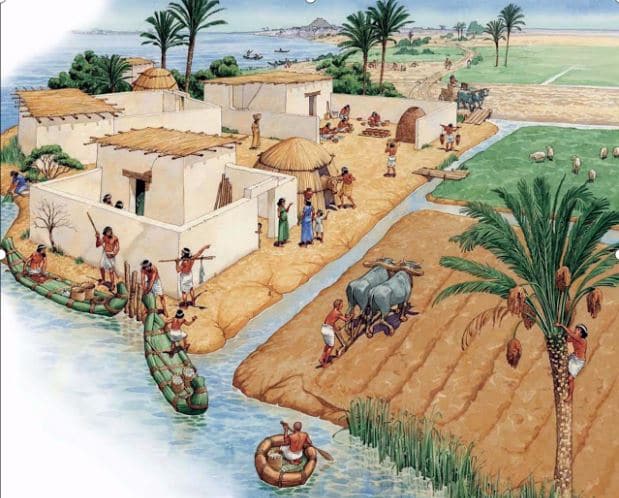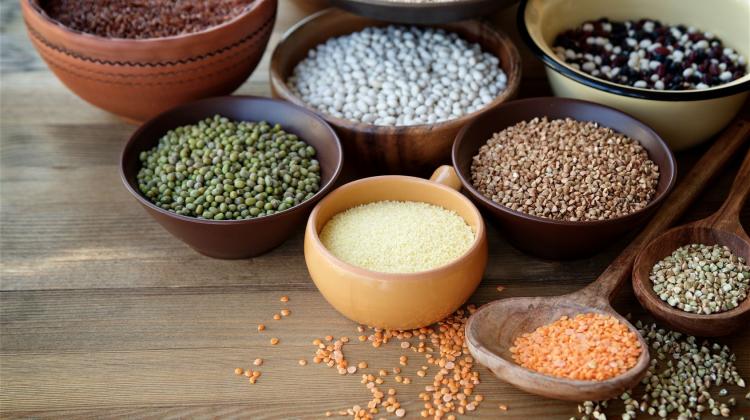Food is one of the most critical aspects that determine our health, intelligence, and even our capability to survive in this world. Realizing how important food is, Dinar wants to start a healthy eating habit. She has also just learned about a flexitarian diet that encourages eating mostly plant-based food while occasionally consuming meat. So there she goes checking healthy menus through a food delivery application. A few minutes later, she can hear her mind ranting why is healthy food so expensive? The next thing she knows, she is on the dining table getting back with her comfort food: fried rice. This decision puts her in higher future health risk.
The story above is a glimpse illustration of the challenge that global healthy diets and food systems are facing. If you are living in global south countries just like Dinar, the situation is even tougher. A study from EAT-Lancet Commission (2017) reported that there is a significant gap in food diversity intake between North America, South Asia, and Sub-Saharan Africa.[i]

The map indicates that developing countries are consuming too many starchy vegetables, or known as staple food, that contains high carbohydrates. Meanwhile, the rest of the countries like North America over consumed almost everything, such as red meat, eggs, and poultry. Despite the region, people generally lack fruit and vegetable intake. However, should the entire global population shift their diets to increase both consumptions, the current production level would not meet the demand (Siegel et al., 2014).[ii]
In the food system context, the imbalance diet has made the demand for staple food like rice, corn, or potato has been consistently high. Consequently, other types of nutritious food have to be produced on a smaller scale which results in a situation where the consumers have to pay a higher price just like Dinar had. This condition is largely driven by the heavy focus on staple food production, public support policies, and investments towards these foods (FAO, 2018).[iii] Further, the shrinking number of available arable lands has prompted agricultural workers to prioritize starchy vegetable cultivation, instead of more varied food resources.
Low agricultural diversity is not only harming the consumers or middle-class people who are eager to start a healthier diet but also the farmers themselves. An assessment study on farmers’ diets concluded that farmers have a low dietary diversity score because they heavily rely on the staple food they produce (Ickowitz et al., 2019).[iv] They may have grown more diverse plant-based food but were taken back due to low demand and land constraints.
There is indeed a growing trend of healthier lifestyles, especially the younger generation who are seeking foods that are minimally processed (66%) and more natural or organic (65%) (WBCSD, 2018).[v] They are actively searching for nutritious diet information through the internet and friends. In the last five years, the number of products labeled as vegetarian has increased by 25% and vegan by 257% (Mintel, 2018).[vi] The data sparks optimism towards the betterment of the current food system, although it is necessary to note that there are many factors influencing people’s food choices, including availability, affordability, and cultural preferences. Expectedly, higher demand for healthier food will translate into a lower price, so people like Dinar or staple food farmers could afford a more diverse diet.
This article is part of our reflection series after participating in the Global Landscapes Forum (GLF) Bonn, which was held digitally on 2-5 June 2020.





